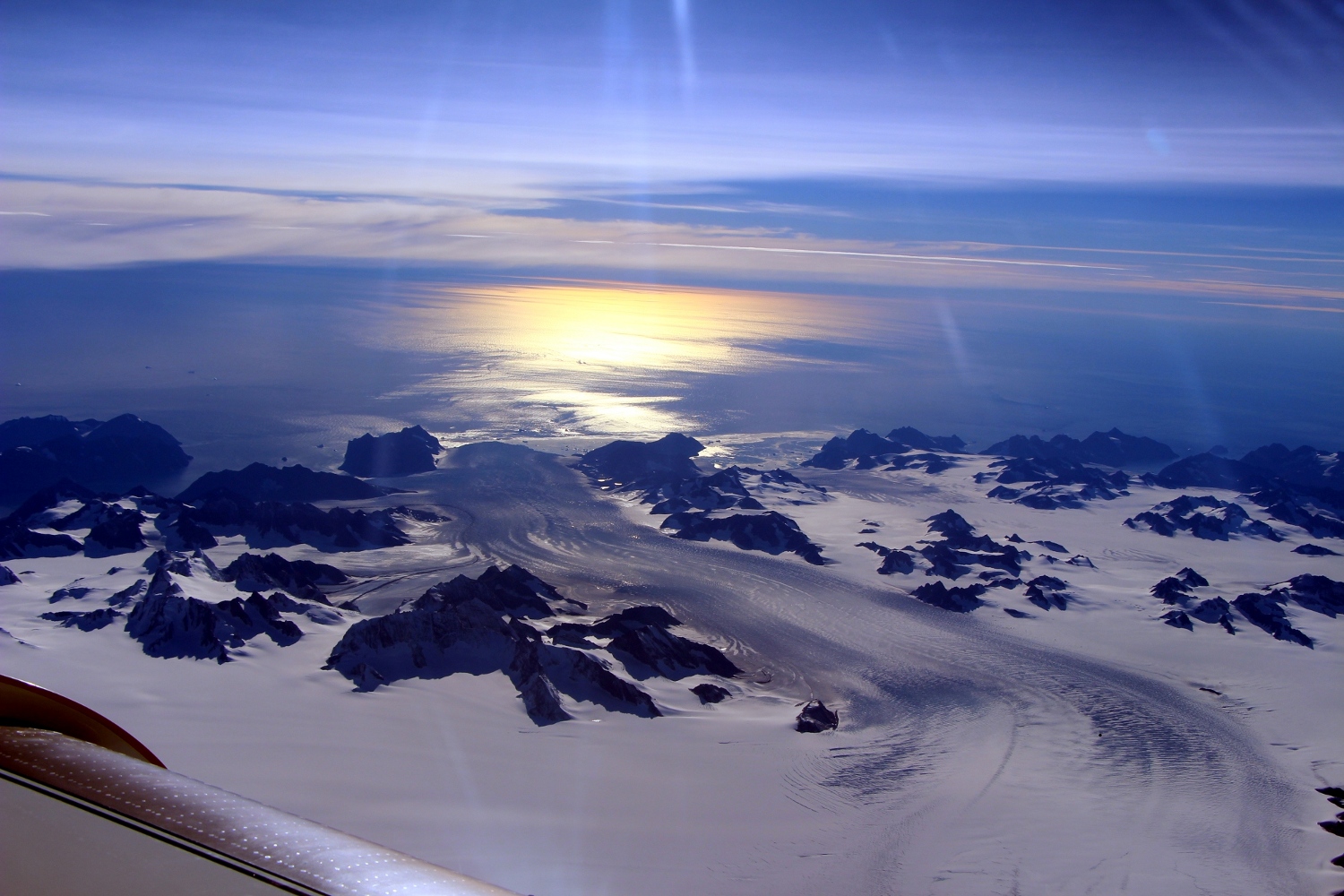Last updated on October 23, 2019
The continuing warming of the planet affects Earth in its entirety and is a growing threat for every ecosystem, biome, and climate. The state of California is no exception; global warming leads to increased wildfires and droughts, which each have their own set of consequences. But what about coastal towns like Santa Cruz—what of their well-being? And as the repercussions of climate change worsen, is there anything we can do to prevent an impending crisis to our own community?
According to the Washington Post, sea levels measured over the previous century have increased approximately seven inches. The increase is due to melting glaciers, which go hand in hand with the impending danger of flooding along the coastline. The recent, growing loss of much of Greenland and Antarctica’s ice contributes to what the Scientific American calls a “worst-case scenario” that is expected to escalate flooding. According to the article, 39 million people currently live on the coast, and this problem would affect every single one of them—and of us.
The flooding alone is a troubling thought, but it leads to many other disastrous repercussions worth consideration. The state of California predicts that 55 inches of flooding—just one half of what scientists predict will actually come—would result in a monumental loss of “property and infrastructure, including roadways, buildings, hazardous waste sites, power plants, and parks and tourist destinations.” The hypothetical damage has been valued at a staggering $100 billion.
However, $100 billion isn’t a complete estimate that accounts for all the damage done. With rising sea levels, freshwater delta and levee systems are in danger of being infiltrated with salt, directly affecting drinking water for millions. The National Climate Assessment notes that the San Joaquin/ Sacramento River Delta and the San Francisco Bay would be “particularly vulnerable” to this problem because of their geographical locations within California.
In 2019, it is unfortunately impossible to do anything to stop sea levels from rising because of the irreversible damage that has already been done. The possibility of manipulating carbon emissions to melt at a slower rate, however, is doable. The National Center on Atmospheric Research reports that “aggressive steps” to minimize the world’s carbon emissions has the ability to lessen the number of rising sea levels for the year 2100.
The growing problem of rising sea levels does not affect my generation as much as it does the future ones, but I firmly believe we should advocate for cutting carbon emissions as if it were. We should practice sustainability and leave behind a beautiful, thriving planet for others to enjoy. I look back on all the times I’ve spent sitting on the beach, driving down Highway 1, and walking down West Cliff Drive, and know these are worth preserving for future Californians.

